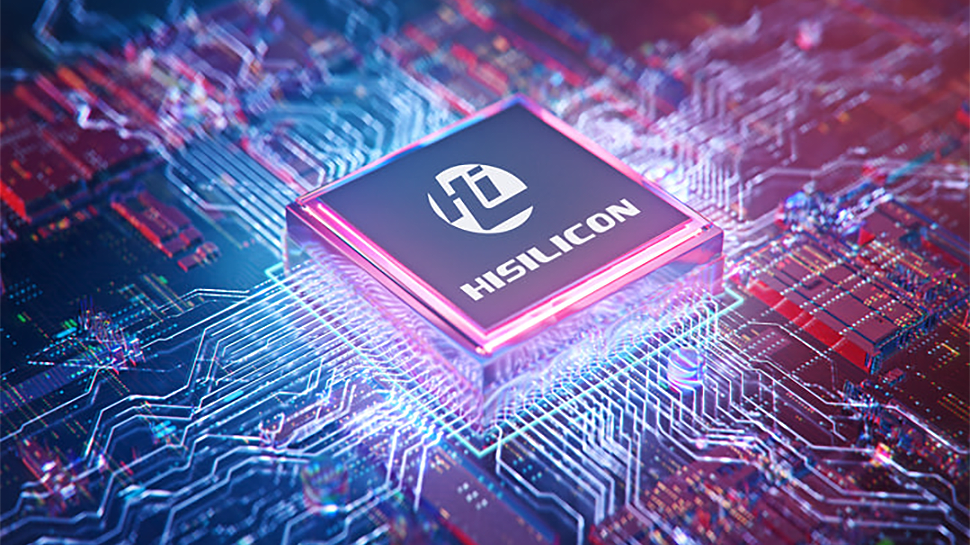Huawei launches another 7nm processor built by sanctioned Chinese fab SMIC — Kirin 9010 builds on previous design

Huawei's latest Pura 70 smartphone, launched earlier this month in China, is powered by the company's latest HiSilicon Kirin 9010 application processor made by China fab SMIC. The chip is based on SMIC's 7nm-class process technology, according to findings by TechInsights reported by Bloomberg. The findings demonstrate that despite the U.S. government's efforts to limit Huawei's ability to develop advanced processors and SMIC to produce them, new chips just keep coming.
Huawei's HiSilicon Kirin 9010 system-on-chip is produced by SMIC, China's largest contract maker of semiconductors, on its 2nd Generation 7nm-class process technology that is sometimes called N+2, according to TechInsights analysis. This is the very same process technology that SMIC used to make the Kirin 9000s SoC released last August inside the Huawei Mate 60 Pro smartphone.
TechInsights has yet to make details about the Kirin 9010 processor public, but GSMArena reports that the Kirin 9010 has the same general-purpose CPU core count as the Kirin 9000s: one ultra-high-performance core, three high-performance cores, and four low-power Arm Cortex-A510 cores. The only noticeable difference between the Kirin 9010 and Kirin 9000c is that the former clocks its UHP core at 2.30 GHz, whereas the latter manages to run it at 2.62 GHz.
The new Pura 70 smartphones also have 16 GB of memory, whereas the flagship Mate 60 Pro has 12 GB. This indicates that the new handset has a reworked memory subsystem, although we have no idea whether the Kirin 9010 application processor is involved.
The Kirin 9010 name suggests that this chip is a version of the Kirin 9000s, though it is hard to say whether this is a more advanced version (given the lower clock, it does not seem to be more advanced) or just a re-spin aimed at improving yields and maybe refining some features.
In fact, premium Huawei tends to introduce all-new processors with its Mate-series smartphones that launch in the fall to coincide with the launch of new iPhones. In spring, Huawei used to introduce its P-series high-end handsets (now called Pura) that relied on the SoCs already adopted by Mate-branded smartphones. Therefore, it is unlikely that the Kirin 9010 is HiSilicon's new flagship application processor for mobile phones.
One of the important questions about the Kirin 9000s and Kirin 9010 SoCs is whether SMIC can produce enough of them. We do not know, but based on market checks data from Jefferies (cited by Bloomberg), Huawei's Pura 70 smartphones were sold out in a couple of days, so apparently, Huawei could not build enough handsets.

